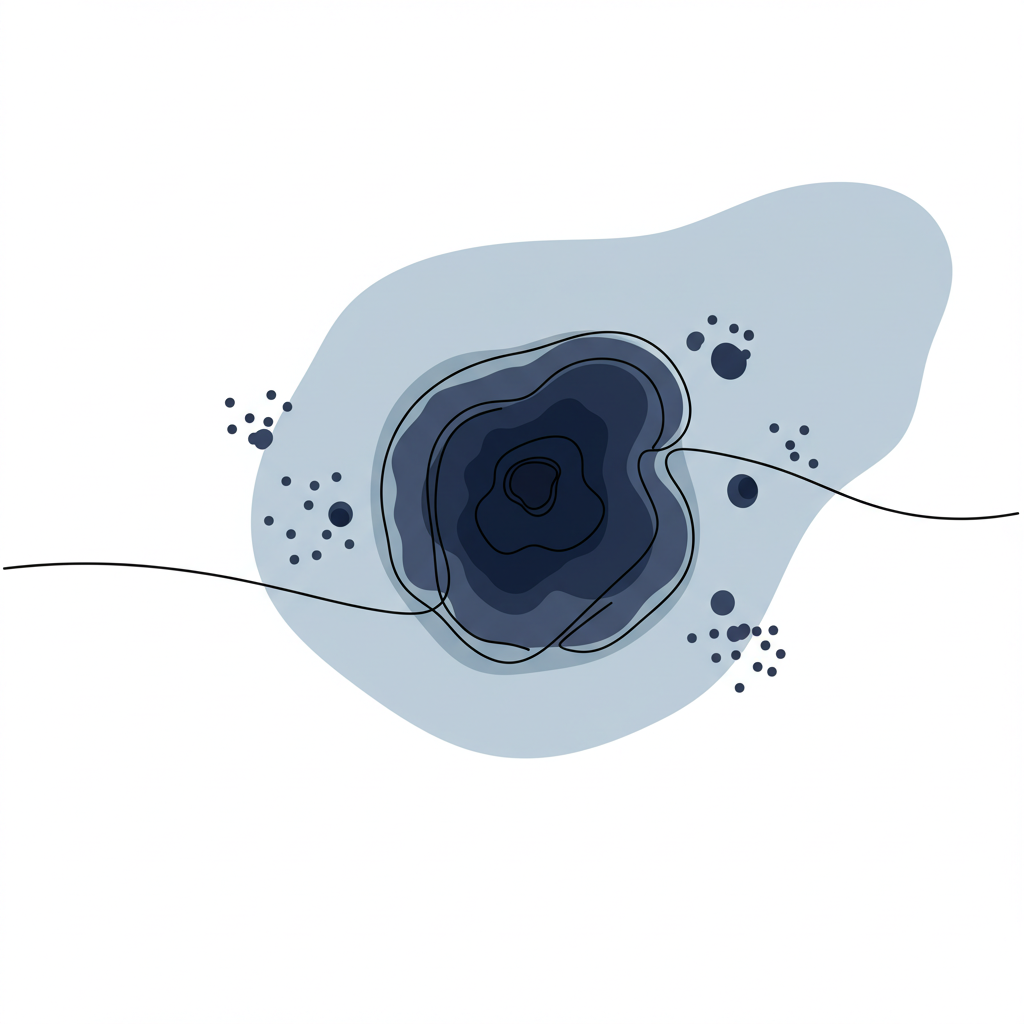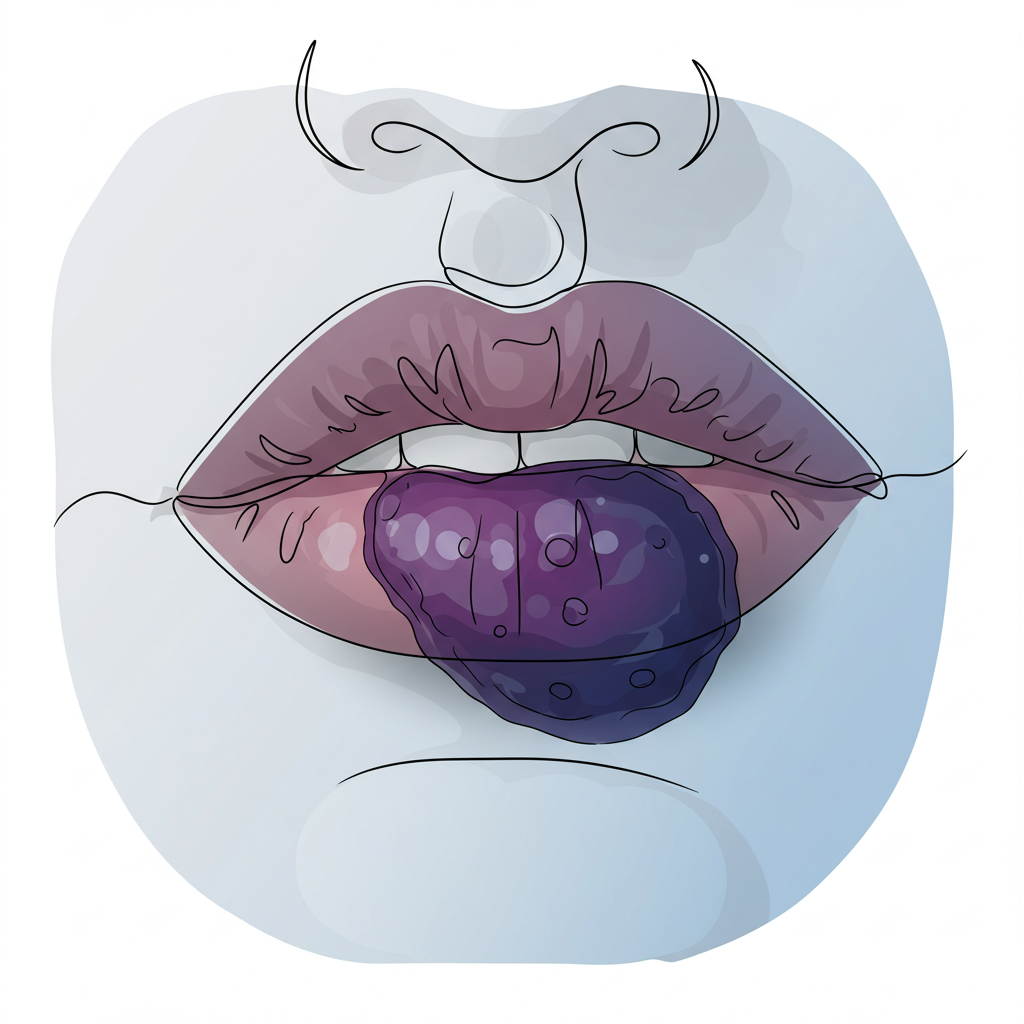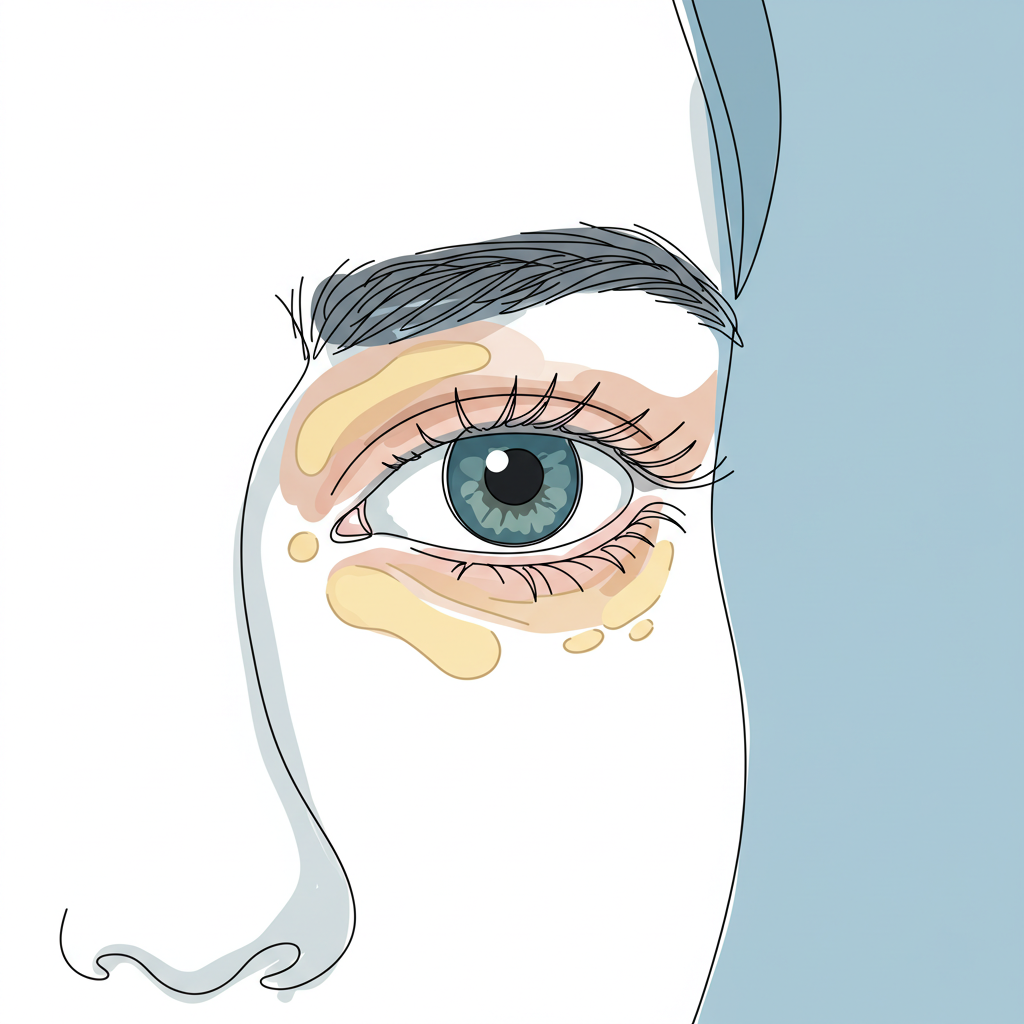Moles, scientifically known as pigmented nevi, represent one of the most common benign proliferations of melanocytes in human skin. These fascinating dermatological features serve as both cosmetic characteristics and potential indicators of skin health. This comprehensive guide delves into the intricate nature of these skin growths, exploring their development, significance, and crucial role in dermatological health monitoring.
What is a Mole?
At its most fundamental level, a mole develops when melanocytes, the specialized cells responsible for skin pigmentation, cluster together and form distinct growths within the skin tissue. This process, while typically benign, creates unique cellular structures that can vary dramatically in appearance and characteristics. These common skin features demonstrate remarkable diversity in their presentation and can emerge at different life stages, making their understanding crucial for both healthcare providers and patients seeking to monitor their skin health effectively.
Types of Moles
The classification of moles reflects their developmental timing and characteristics, providing important insights into their potential significance and required monitoring approaches. Moles can be categorized into two primary classifications based on their time of appearance:
Congenital Nevi
These birthmarks represent a distinct category of moles with unique implications:
- Present at birth or appear within the first few months of life, reflecting early developmental processes
- Often larger than acquired moles, sometimes covering significant body areas
- May carry different risk implications, requiring specialized monitoring protocols
- Require regular monitoring throughout life due to their slightly elevated risk profile
Acquired Nevi
Representing the most common type of mole, these develop throughout life:
- Emerge gradually over time, often in response to various environmental and internal factors
- Most common type of mole, appearing in nearly every individual
- Usually appear during childhood and early adulthood, with numbers potentially increasing over time
- Can be influenced by environmental factors, particularly sun exposure and hormonal changes
Prevalence and Risk Factors
The distribution of moles across populations reveals fascinating patterns that help us understand their development and significance. Understanding these patterns proves crucial for both prevention and monitoring strategies.
Demographic Patterns
Moles demonstrate interesting variations across different populations:
- Universal occurrence across all ethnicities, though presentation patterns may vary
- Higher numbers in fair-skinned individuals (Skin Types I and II), reflecting genetic predisposition
- Variable presentation throughout life stages, with numbers often increasing during adolescence
Contributing Factors
Multiple elements influence mole development, creating a complex interplay of genetic and environmental factors:
- Genetic predisposition plays a fundamental role in determining mole patterns
- Cumulative sun exposure significantly influences new mole formation
- Immune system status can affect mole development and characteristics
- Certain medications may trigger changes in existing moles or promote new growth
- Hormonal changes, particularly during pregnancy or adolescence, can impact mole appearance
Clinical Characteristics
Moles exhibit remarkable diversity in their presentation, creating unique challenges for both healthcare providers and patients in monitoring and assessment. Understanding these variations proves essential for effective skin health management and early detection of concerning changes.
Physical Attributes
The visual characteristics of moles span a broad spectrum of features:
- Color variations from skin-toned to dark brown, reflecting different levels of melanin concentration
- Size range from tiny millimeter spots to larger centimeter-sized growths
- Texture differences manifesting as flat, raised, or dome-shaped surfaces
- Surface characteristics varying from smooth and uniform to slightly rough or irregular
These diverse presentations reflect the complex interplay between genetic factors, environmental influences, and individual skin characteristics. Each attribute provides valuable information about the mole’s nature and potential significance.
Location
Moles demonstrate remarkable variability in their distribution across the body:
- Can appear anywhere on the body, from exposed to covered areas
- Common sites include several characteristic locations:
- Face and neck, where sun exposure often triggers development
- Trunk, particularly in areas subject to intermittent sun exposure
- Arms and legs, frequently developing in response to UV radiation
- Palms and soles (less common), requiring special attention due to their unusual location
Health Implications
The medical significance of moles extends beyond their cosmetic impact, serving as potential indicators of skin health and cancer risk. Understanding these implications enables proactive healthcare management and early intervention when necessary.
Risk Assessment
Several factors contribute to the overall evaluation of mole-related health risks:
- Total mole count serves as a crucial predictor of melanoma risk, with higher numbers indicating increased surveillance needs
- Individuals with over 100 moles require particularly vigilant monitoring and regular professional evaluation
- Family history of melanoma significantly impacts risk assessment, necessitating enhanced screening protocols
ABCDE Warning Signs
Healthcare providers rely on the established ABCDE criteria to systematically evaluate suspicious moles, providing a structured approach to risk assessment:
- Asymmetry: Uneven shape or structure indicating potentially abnormal growth patterns
- Border irregularity: Jagged or poorly defined edges that may suggest unstable cell growth
- Color variation: Multiple shades within one mole, potentially signaling concerning cellular changes
- Diameter: Larger than 6mm (pencil eraser size), though smaller lesions may also raise concerns
- Evolution: Changes in size, shape, or color that warrant immediate professional evaluation
Professional Assessment
Regular professional evaluation forms the cornerstone of effective mole management, combining clinical expertise with advanced diagnostic tools:
Examination Methods
Contemporary dermatological assessment incorporates multiple diagnostic approaches:
- Visual inspection by a board-certified dermatologist, utilizing trained pattern recognition
- Dermoscopy for detailed surface examination, revealing structures invisible to the naked eye
- Photography for monitoring changes over time, enabling precise comparison
- Biopsy when indicated, providing definitive tissue diagnosis
Removal Options
When mole removal becomes necessary, whether for medical or cosmetic reasons, several sophisticated approaches ensure safe and effective treatment:
Surgical Methods
Modern surgical approaches to mole removal combine precision with safety, offering various options tailored to each patient’s specific needs and the characteristics of their lesions:
Elliptical or Punch Excision
This traditional yet highly effective approach provides complete removal while ensuring thorough histological examination:
- Complete removal with stitches, ensuring the entire lesion is extracted
- Provides comprehensive tissue for pathological examination, crucial for ruling out concerning changes
- Minimal scarring when properly performed, with careful attention to anatomical tension lines
- Healing process typically spans 1-2 weeks, with suture removal optimally timed
Tangential Excision
This less invasive approach offers excellent cosmetic results for appropriately selected lesions:
- Superficial removal without stitches, ideal for raised or pedunculated moles
- Appropriate for raised moles with no concerning features
- Faster healing time compared to full-thickness excision
- May leave a subtle depression or color change at the removal site
Advanced Techniques
Modern dermatology offers sophisticated removal options utilizing cutting-edge technology:
- Radiofrequency surgery provides precise removal with minimal thermal damage
- Laser treatment options, carefully selected based on mole characteristics
- Specialized approaches for anatomically challenging locations
- Advanced closure techniques for optimal cosmetic outcomes
Prevention and Protection
Preventive strategies form the foundation of comprehensive mole management, combining daily practices with long-term health monitoring:
Sun Protection Strategies
Daily Sunscreen Use
Proper sun protection requires consistent, thorough application of appropriate products:
- Broad-spectrum SPF 30+ protection, providing coverage against both UVA and UVB radiation
- Regular reapplication every 2 hours or after swimming/sweating
- Year-round implementation, recognizing that UV damage occurs even on cloudy days
- Special attention to commonly missed areas like ears, neck, and hands
Physical Protection
Comprehensive sun protection extends beyond sunscreen application:
- Protective clothing designed with UV-resistant materials
- Wide-brimmed hats providing facial and neck protection
- UV-protective eyewear shielding delicate eye areas
- Strategic shade-seeking during peak UV hours (10 AM to 4 PM)
Monitoring and Documentation
Establishing a regular monitoring routine proves essential for early detection of concerning changes:
- Monthly self-examinations using full-length and hand mirrors
- Photography of significant moles for comparison over time
- Documentation of any changes or new growths
- Regular professional skin examinations scheduled according to risk factors
Conclusion
Moles represent complex skin features requiring vigilant attention and understanding. While most remain benign throughout life, their potential health implications necessitate regular monitoring and professional assessment when changes occur. Through proper education, consistent prevention strategies, and professional guidance, individuals can effectively manage their moles and maintain optimal skin health.
The key to successful mole management lies in combining diligent self-monitoring with regular professional evaluations. Understanding personal risk factors and maintaining unwavering commitment to sun protection habits provides the foundation for long-term skin health and early detection of concerning changes. Remember that each individual’s mole patterns and risk factors are unique, making personalized medical guidance essential for optimal health outcomes.
By staying informed, maintaining vigilance, and working closely with healthcare providers, individuals can navigate the complexities of mole management while ensuring their skin’s health and well-being for years to come.



